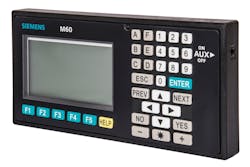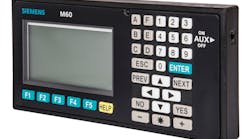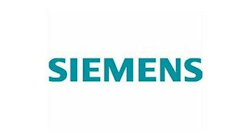On Sept. 8 at the ITS World Congress 2014, Siemens Road and City Mobility unveiled new version of its m60 Advanced Traffic Controller (ATC), software that acts as the intersection management nerve center for small, medium and large cities.
The new controller builds on Siemens existing platform, allowing system operators to manage traffic flow more efficiently. The new software, built on a LINUX architecture, now compiles with the latest ATC standard making it easier to host third-party applications within the m60 environment. The m60 ATC also reduces procurement cost with the ability to convert legacy controllers to latest ATC standard without needing to purchase new equipment.
The new m60 includes functions to suit the ever changing world of road transportation. At a hardware level, the m60 provides multiple Ethernet, USB and additional industry-specific interfaces that simplify backward and forward compatibility. It also includes the Siemens Multiview Display that allows the user to simultaneously view any one of five active status windows or dynamic content sensitive help while making configurations changes to the database. The m60 is also compatible with previous versions of Siemens Electronically Programmed Actuated Controller (SEPAC) software.
“Bringing intelligence into our traffic management controls is the only way that we will see true congestion mitigation in our cities and municipalities,” said Sameer Joshi, head of Siemens Road and City Mobility, U.S. “Innovative technologies like the m60 controller allow traffic engineers to make quick decisions, reduce downtime of their systems, and ultimately reduce cost by requiring less investment in new equipment.”
Transportation agencies have the ability to spread investment of a period of time by dividing the m60 controller upgrades into three phases. Agencies can begin by installing Linux engineer boards, followed by upgrading to the ATC standard, and finishing the third phase by adding the latest 16-line display.





